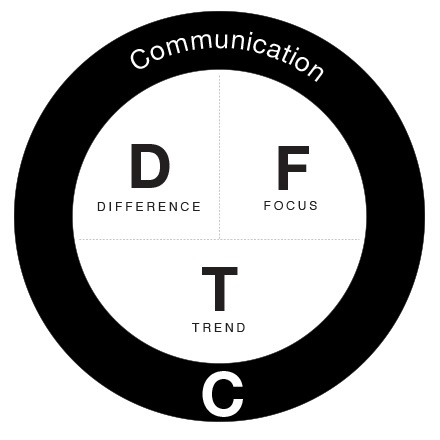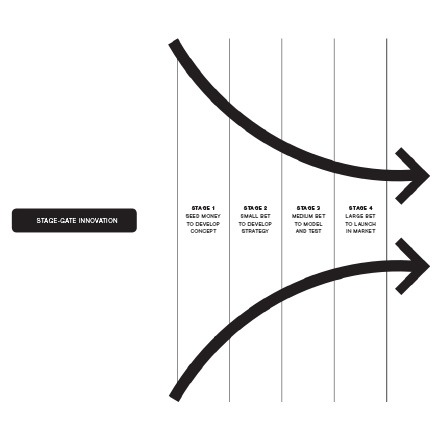Steal This Idea: In-house design part 1
As the drumbeat of innovation grows louder, corporate leaders are feeling the need for stronger internal design. But before a company can even think about building an in-house design capability, it will need to address the problem that has plagued in-house designers since the days of the cave painters. This can be reduced to seven letters: R—E—S—P—E—C—T. As soon as the department is established, its value starts to depreciate. Within months the new group is inundated with low-level tasks and excluded from high-level conversations.
What’s the cure for vanishing value? To reimagine the internal design department as an independent studio. Since respect comes from a combination of performance and proactivity, mimicking a successful design studio can trigger the same level of respect usually reserved for external firms.
How? Instead of expecting work to come in automatically, the internal team can adopt a more Darwinistic model by acquiring skills that rival those of external firms. It can develop its own engagement processes, seek interesting problems to solve, and make “pitches” to internal “clients.” Like an external firm, it can prove its competence through performance metrics and design competitions. It can even institute a charge-back system to attach a dollar value to the work it does.

